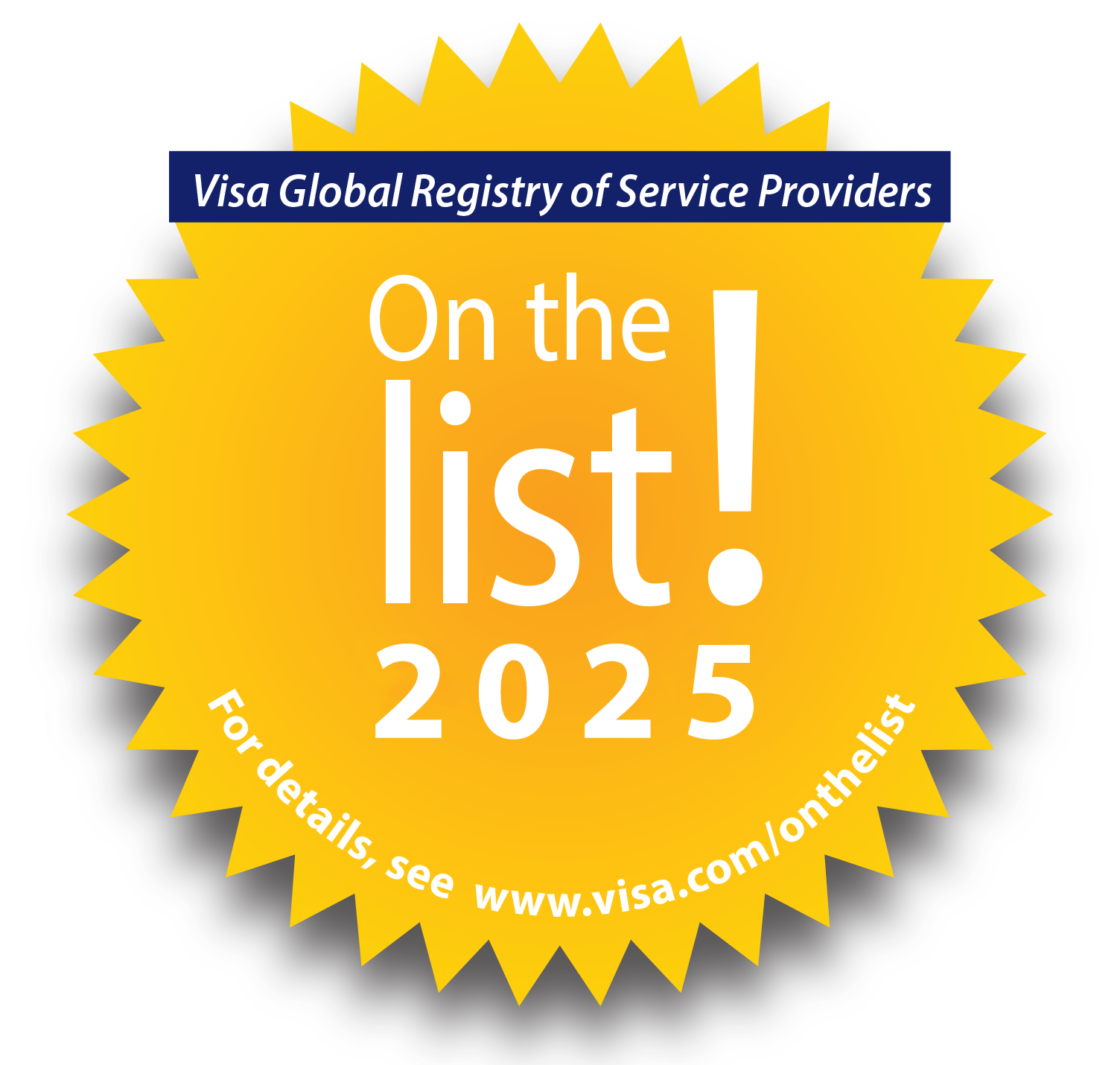How to Reduce Your AP Costs by 75 Percent
Is your AP department looking for ways to reduce overhead and improve efficiency? Learn how Edenred Pay’s invoice-to-pay automation solution can reduce AP costs by 75%!

Every business wants to do more with less these days.
Sixty-two percent of businesses reduced expenses because of the economic volatility caused by the pandemic, the Institute of Finance and Management (IOFM) reports.
Accounts payable (AP)The amount a company owes to suppliers for goods and services received but not yet paid. is a prime target for cost reduction.
Manual, paper-based invoice processes cost too much, take too long, and create too many errors.
Highly automated AP departments spend less than one-fourth as much to process a single invoice compared to their peers with little or no automation, IOFM benchmarking data finds. Similarly, paper check payments to suppliers cost 30 times as much as electronic payment methods.
At the same time, highly automated AP departments process eight times as many supplier invoices per full-time equivalent (FTE) as their less-automated peers. And they process even more when invoices match to POs.
The AP Cost-Saving Benefits of Invoice-to-Pay Automation
These are six ways that invoice-to-pay automation solutions reduce AP costs and improve efficiency.
1. Invoice receipt:
Invoice-to-Pay automation solutions aggregate all paper and electronic invoices. That includes snail mail, e-mail, fax, portal, or File Transfer Protocol invoices. The invoices upload onto a single platform, centralizing the process and making it a hands-off experience. Invoices are digitized, sorted, and coded. Data validations are applied in real time, and AP staff are instantly alerted to any errors or duplicate invoices, reducing the chances of overpayment. PO matched invoices post directly to an ERP. Then, recurring invoices are matched against a template or contract, and any discrepancies are flagged for operator review.
1. Approval workflow:
Invoice-to-pay automation solutions optimize approval and exceptions workflows. Once captured invoice data is validated, it routes automatically to the person responsible for approving the payment based on pre-defined business rules. Invoices can be approved from any device, at any time, from any location. Automating approval routing eliminates the chances of invoices becoming misplaced or “stuck” on an approver’s desk. Purchasers receive notices about invoices awaiting their approval, and reminders go out to users of pending due dates. These notifications reduce the possibility of late payment penalties or missed discounts. Some solutions also enable invoice payment automatically once the platform has validated them.
2. Data extraction:
Invoice-to-pay automation eliminates the tedious, time-consuming, and error-prone task of inputting data from invoices. Optical character recognition (OCR) and other technologies extract invoice header and line-item data according to pre-set business rules on invoices received electronically. Invoice processing solutions automatically capture data fields such as the invoice number, amount, due date, remittance address, supplier name, product amount, and quantity. Captured data is then synchronized with systems across the finance department.
4. Data verification:
Information captured from invoices, such as line-item data, general ledger codes, terms, amounts, and other information, are automatically verified against data in legacy systems per pre-defined business rules. Any discrepancies are flagged for exceptions resolution.
5. Supplier payment:
Keeping track of the payment due dates of invoices can burden accounts payable staff. End-to-end AP processing solutions enable users to schedule payment on approved invoices effortlessly on or before their deadline. Users can choose which electronic payment method to use for an approved invoice from a centralized location. This includes virtual cardA single-use or vendor-specific digital payment card used in B2B payments to improve control, visibility, and rebate potential. W and Automated Clearing House (ACH) transactions. The end-to-end AP processing solution ensures accurate payments on time every time.
6. Reporting/BI:
The data captured by invoice-to-pay automation software is housed in a central location and instantly accessible by authorized users from any location, using any device, at any time. Invoice-to-pay automation provides richer data – and captures all invoice line items.
In addition, the technology takes reporting to the next level with sophisticated business intelligence and real-time visibility. This technology enables users to easily analyze trends in cash flow or spend, based on the data captured from invoices. Users can track monthly and annual costs and consumption relative to their budget and estimated projections. Data can be filtered by category, supplier, time period, and geographic location and exported to downstream processes or applications.
These capabilities help businesses reduce AP costs and eliminate wasteful spending.
That’s exactly what AP departments need at a time like this.
_________________________________________________________________________________________
Edenred PayEdenred Pay is the market leader in B2B payments automation., an Edenred Company, is the global leader in invoice-to-pay automation. Our integrated platform connects businesses with suppliers, ERPs, banks, FinTechs, and payment rails to automate, optimize, and monetize the entire B2B payments lifecycle – from invoice receipt through payment reconciliationThe process of matching financial records—such as payments and invoices—to ensure accuracy in accounting and reporting.. Edenred Pay’s efficient, integrated solutions create a frictionless process and help deliver value to the enterprise by enhancing visibility and monetizing AP.
Visit www.edenredpay.com or contact us to learn more.

Ready to elevate your B2B payments?
Whether you are automating for the first time, ready to refresh your existing technology, or looking for ways to complete the ‘last mile’ of automation, Edenred Pay can help. Let’s chat about your needs.






